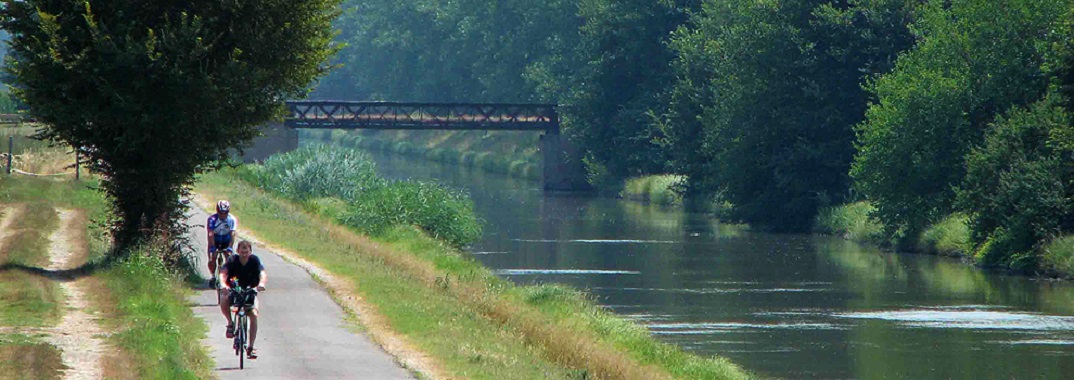
Italian Cycle Ways: Tourism for all tastes
Italian Ministers of Transport and Cultural Assets signed the agreement with the Regions for the full realization of three touristic cycling routes.
July 27th 2016 is going to be remembered as an important date for Italian cycling infrastructure. On that day, the Minister of Transport and Infrastructure Graziano Delrio, the Minister of Cultural Assets Dario Franceschini and the governors of 8 regions signed the agreement between government and regions that for the first time includes in the Law of Stability (financial law) of 2016 the planning and the realization of three main national cycle ways.
In line with the good practice established by several European countries, this agreement represents the first recognition by the Italian government of the value of cycling infrastructure in regards to sustainable mobility and tourism.
The documents provide the completion between 2016 and 2018 of three touristic cycle ways and of the GRAB (Great Junction Ring cycle route, Grande Raccordo Anulare delle Biciclette) – whose agreement is in process and will be stipulated between the government and the Municipality of Rome - inaugurating a project presented under the name of “Sistema nazionale delle ciclovie turistiche” (National system of touristic cycle ways). It will have a length of beyond 1500 km and it will unfold across 8 regions and the city of Rome: a three-year commitment for a total investment of EUR 91 mln.
The three touristic cycle routes announced in the plan are:
- VEnTO, a 680 km route which connects Venice to Turin along the river Po and represents the Italian stretch of the route EuroVelo 8;
- The Sun Route, which is part of EuroVelo 7 itinerary from the North Cape to Malta: 300 km from Verona to Florence with the ultimate goal of arriving to Rome and connecting the many cycle ways that already exist on that path;
- The Aqueduct Cycle Way, 500 km along the main channel of Puglia Aqueduct connecting the regions of Puglia, Basilicata and Campania.

According to the document of the Minister of Transport and Infrastructure, the criteria for the development of the Italian touristic cycle routes follow two approaches: top-down, taking into account the EuroVelo routes 7 and 8; and bottom-up, following the feedback of the consultations with sector associations, universities and local authorities. The guidelines for the realization of the project include the integration of the cycle ways with other transport networks and the EuroVelo network; the upgrade of the levels of safety, quality and comfort of the routes; the standardization of cycle signage on a national level; the realization of cycle stations; and, the realization of side projects focused on urban road safety with relation to cycling.
Italy has still a long way ahead to become a cycling country in terms of habits and of infrastructure: according to national data, the modal share of cycling on a regular work day represents only the 3.8% of the total, and the lack of a cycling policy at a national level and in the biggest cities signals that the so-needed shift of priorities towards a sustainable way of commuting and of traveling has still to take place.
But this plan, as a first recognition of the significant economic and cultural value of cycling and the first national project for cycle infrastructure, can be welcomed positively. So does ECF member FIAB (Federazione Italiana Amici della Bicicletta) through the words of its President Giulietta Pagliaccio (see Press Release IT), who defines the initiative as “the first concrete step of the government for cycle mobility” and wishes that the project of a “National Cycle Mobility Masterplan could be soon approved” and that ”Regions and local authorities would set as their priorities policies for sustainable mobility and cycling”. Furthermore, she confirms the willingness of FIAB of contributing with know-how and technical competences in the planning and the feasibility studies on cycling routes.
Finally building the axes of a possible future network of cycle ways would represent the willingness of combining bike and tourism in a country where the potential of discovering the natural, cultural and historic heritage through a sustainable way of travelling just needs to be unlocked. This would significantly increase the economic benefit of cycle tourism, that according to the Italian Ministry of Transport has currently in Italy an estimated potential value of EUR 3.2 bn.
Regions:
Contact the author
Recent news!
Upcoming events
Contact Us
Avenue des Arts, 7-8
Postal address: Rue de la Charité, 22
1210 Brussels, Belgium









